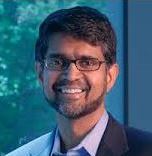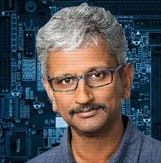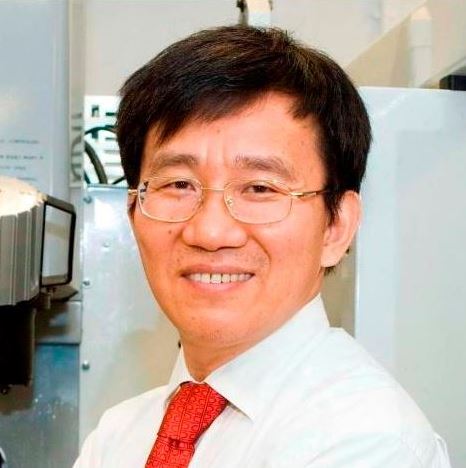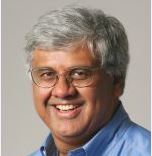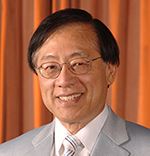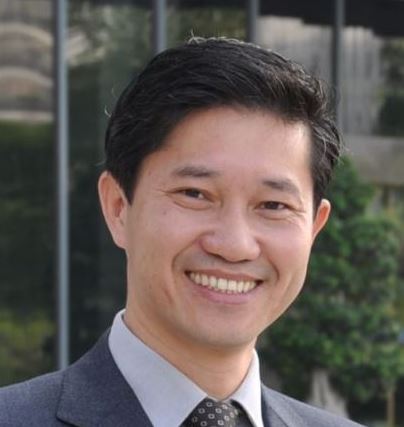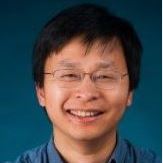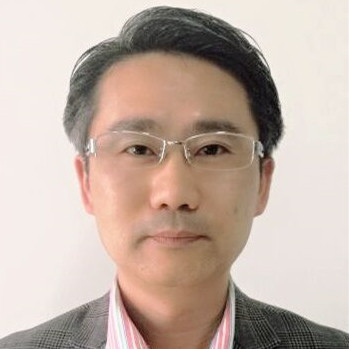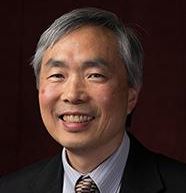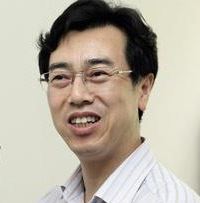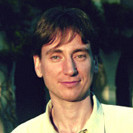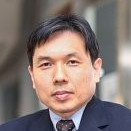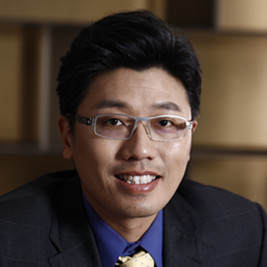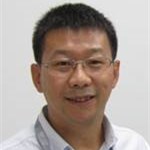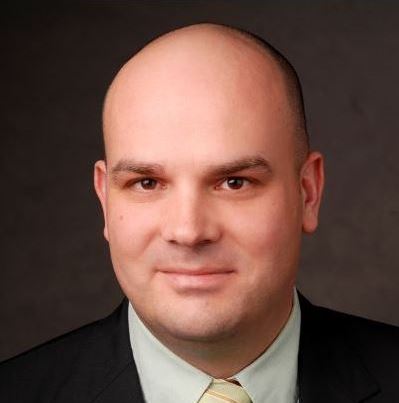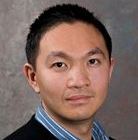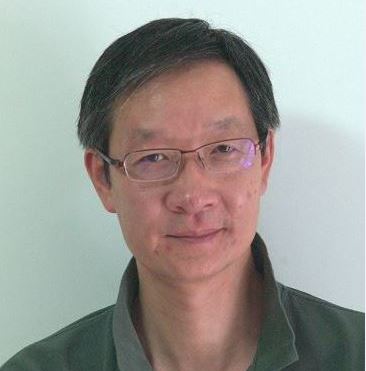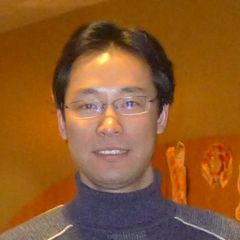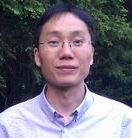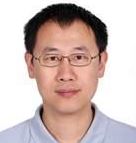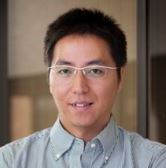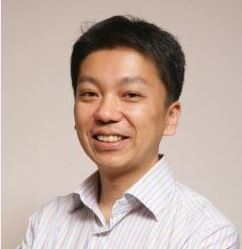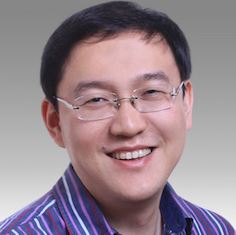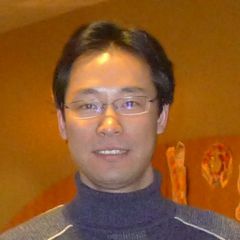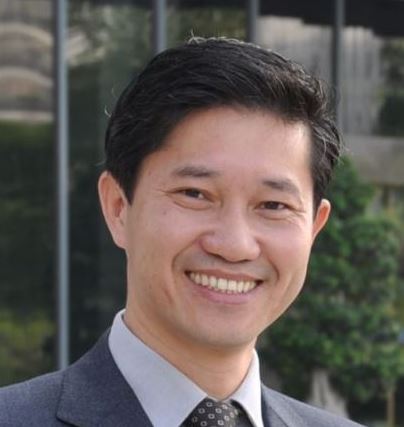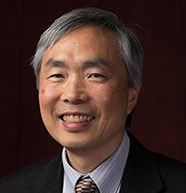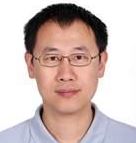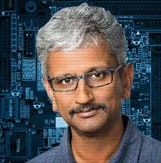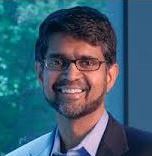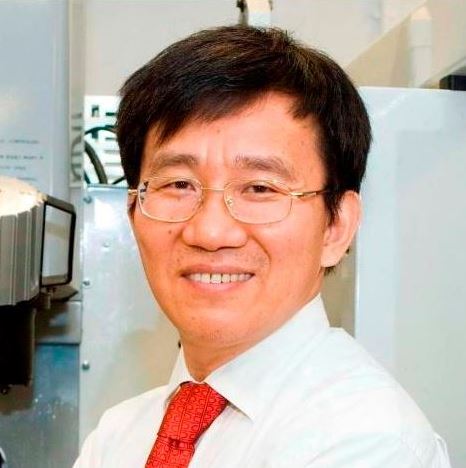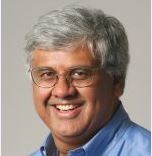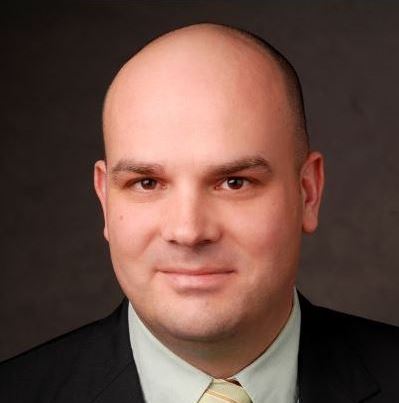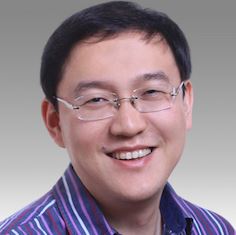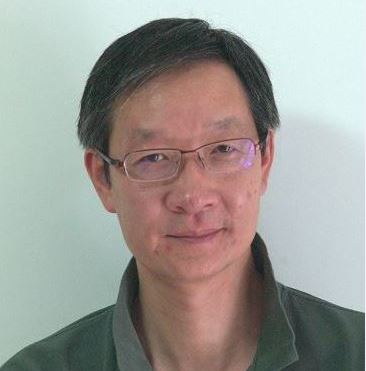Title: Developing the HKUST Robotic Ecosystem: Reflection and LessionsLearned
Abstract: In this talk, I will describe our effort spanned over the last twenty some years to develop the so-called HKUST robotic ecosystem. This includes setting up a basic research program to study fundamental problems of robotics using differential geometric tools (geometric intuitions gained here are subsequently applied to cutting-edge technology and product developments), introducing project-based learning into our curriculum to empower students with critical hands-on and teamwork skills needed for design and rapid realization of complex robotic systems, and establishing mentoring and incubation programs to facilitate the often challenging and difficult process of students-based startups. A number of companies including Googol Tech, a leading motion control company, DJI, a world renowned drone manufacturer, QKM, a rising star in providing robotic solutions to the 3C industry, and ePropulsion, an innovative electric and environmentally friendly outboard products company, have spun off from HKUST robotics lab. Feedbacks from these spinoffs and close interactions with our industry partners provide critically needed data for continuousimprovement of our teaching and research programs.
Rapid prototyping and fast scaling ups are essential for any robotic startups to succeed. We benefited greatly from the amazingmanufacturing eco-system of the Pearl River Delta (PRD) region (also known as the Hollywood of Makers) and believe that this resource is also sought-after by robotic startups elsewhere. We established the SongshanLake Robotic Startup Facility (S^2L XbotPark) at the heart of the PRD region to assist entrepreneurs from the global robotics community. I will highlight some key features of the S^2L XbotPark.
Bio:
Zexiang Li attended the South-Central University in 1978, received his BS (with honor) degrees in Electrical Engineering and Economics from Carnegie-Mellon University in 1983, his MS degree in EECS in 1985, MA in mathematics and PhD in EECS in 1989, all from the University of California at Berkeley. He worked at ALCOA, the Robotics Institute of CMU and the AI Lab of MIT (89-90). He was an assistant professor at the Courant Institute of New York University (90-92). In 1992, he joined the Department of Electronic and Computer Engineering of the Hong Kong University of Science and Technology and is currently a professor of the department. He founded the Automation Technology Center (ATC) and the Robotics Institute (RI) of HKUST.
Zexiang Li received the ALCOA Foundation Fellowship in 1979, and the E. Anthony Fellowship in 1983. He was a recipient of the University Scholar award from CMU in 1983, the E.I. Jury award from UC Berkeley in 1989, the Research Initiation award from NSF (US) in 1990, the Outstanding Young Researcher award (Class B) from NSF China in 2000, the LEAD award from AMI, USA in 2001, and the Natural Science award (3rd class) from China in 1997. He became an IEEE Fellow in 2008.
Zexiang Li served as a panel member of the Hong Kong Research Grants Council (RGC), an overseas member of the Natural Science Foundation of China (NSFC), and an associate editor for the IEEE Trans. on Robotics and Automation. He was the general Chair for the 2011 IEEE International Conference on Robotics and Automation (ICRA).
ZexiangLi's research areas of interests include multifingeredrobotic hand, parallel manipulators, workpiecelocalization and inspection, motion control, precision assembly, and unmanned aerial vehicles (UAVs). He is the author of more than 100 journal and conference papers, and four books, including A Mathematical Introduction to Robotic Manipulation (CRC Press 1993), and Nonholonomic Motion Planning (Kluwer 1994).
Zexiang Li co-founded several companies with his colleagues and students from the Automation Technology Center, including Googol Technology, a leading motion control company in China, DJI, a global leader in drones products, Lie Group Automation (or QKM), ePropulsion, the SongshanLake Robotic Startup Facility (S^2L XbotPark) and the Clearwater Bay Venture Capital.





